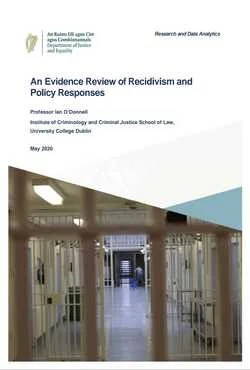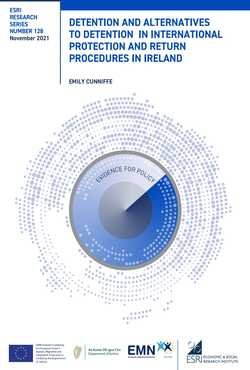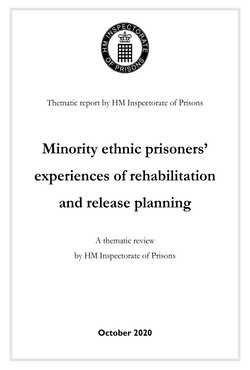By Jason Rydberg, Rebecca Stone, Christine C. Kwiatkowski
Many areas of the United States are experiencing an epidemic of drug overdose deaths, often involving opioids. In 2017, there were 70,237 drug overdose deaths in the United States, a rate 9.6% higher than 2016. 47,600 of these deaths involved an opioid (National Institute on Drug Abuse [NIDA], 2019). The opioid overdose epidemic has been described as a series of “waves.” The first wave began with increased prescribing of opioid analgesics in the 1990s driving an increase in prescription opioid overdose deaths. The second wave, starting around 2010, was characterized by a rapid increase in overdose deaths involving heroin. Beginning in 2013 and continuing today, many areas of the country are experiencing the “third wave” of the epidemic, characterized by a significant increase in overdose deaths involving synthetic opioids like fentanyl (Centers for Disease Control [CDC], 2018). Some experts have indicated that a coming “fourth wave” may be characterized by overdose deaths related to polysubstance use including opioids, cocaine, and psychostimulants (e.g. methamphetamine). Beyond these general trends, research shows that the nature of the overdose epidemic is region-specific. It could be said that there is not one overdose epidemic, but many epidemics that vary substantially by a region’s economic and demographic characteristics. This “geography of the U.S. opioid overdose crisis” was recently mapped by Shannon Monnat and colleagues (2019), who found that overall drug mortality rates are higher in counties characterized by more economic disadvantage, more blue-collar and service employment, and higher opioid-prescribing rates. Specifically, Michigan shows a pattern of increasing heroin-involved deaths in the west and south-west areas of the state, a mixture of emerging heroin, prescription opioids, and “synthetic+” (synthetic opioids alone or in combination with other opioids) in the rural north, and a “syndemic” (all types of opioids and combinations) in the southeast. In the Upper Peninsula, we see high and emerging heroin counties along the Wisconsin border, and synthetic+ counties along the peninsula’s eastern tip. These patterns map to economic and demographic patterns across Michigan. “Urban professional” areas are related to rapidly rising probability of “syndemic” classification (e.g. the greater Detroit area). Blue-collar worker presence is associated with the emerging heroin and syndemic classes, and service economy areas (e.g. the north half of the state) are associated with rising probability of membership in all five opioid classes (high prescription opioid, emerging heroin, high heroin, synthetic+, and syndemic). The prescription opioid class counties are more likely to be rural, economically disadvantaged, and have high scores on blue-collar and service economy indices. These results make it clear that there is no single solution to the overdose crisis. To understand and, importantly, to effectively respond to the crisis and reduce opioid-related mortality, we must have an in-depth understanding of the crisis in Michigan, both from the perspective of public health and of law enforcement. This research draws on data from a number of different sources to triangulate a comprehensive picture of illegal drug activity in the State of Michigan. These sources are leveraged to combine information gathered from law enforcement sources, prescription monitoring, mortality and vital statistics, and community demographics.
East Lansing, MI: Michigan State University, Michigan Justice Statistics Center, School of Criminal Justice 2019. 55p





















